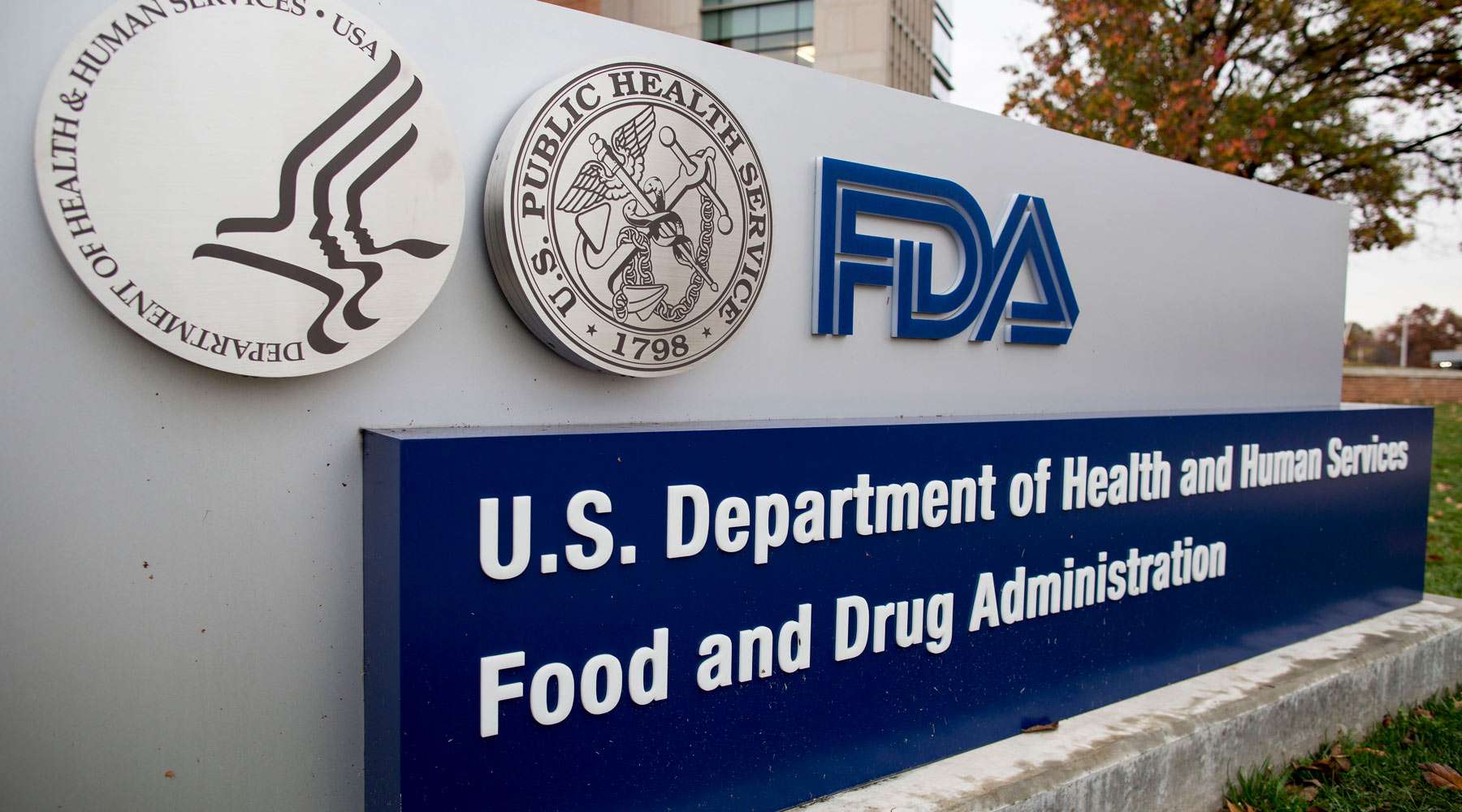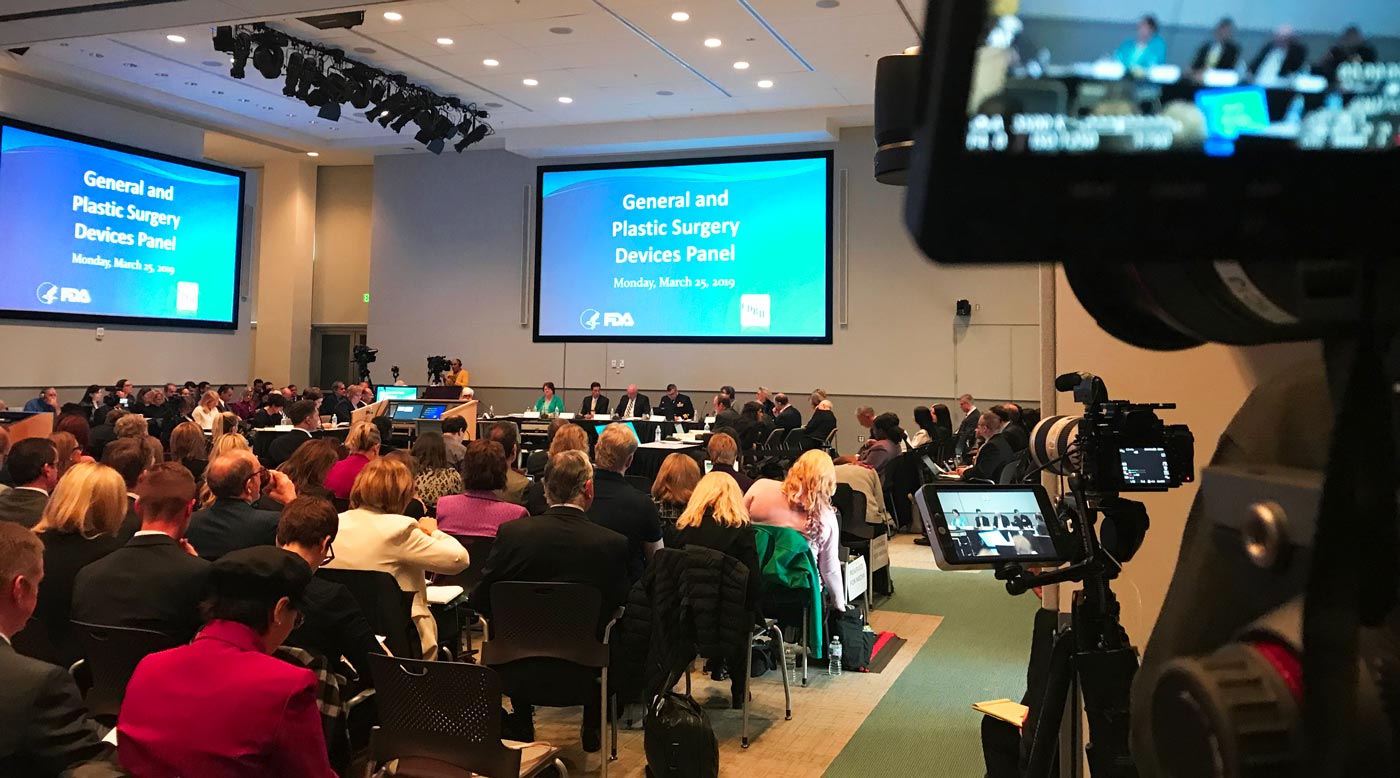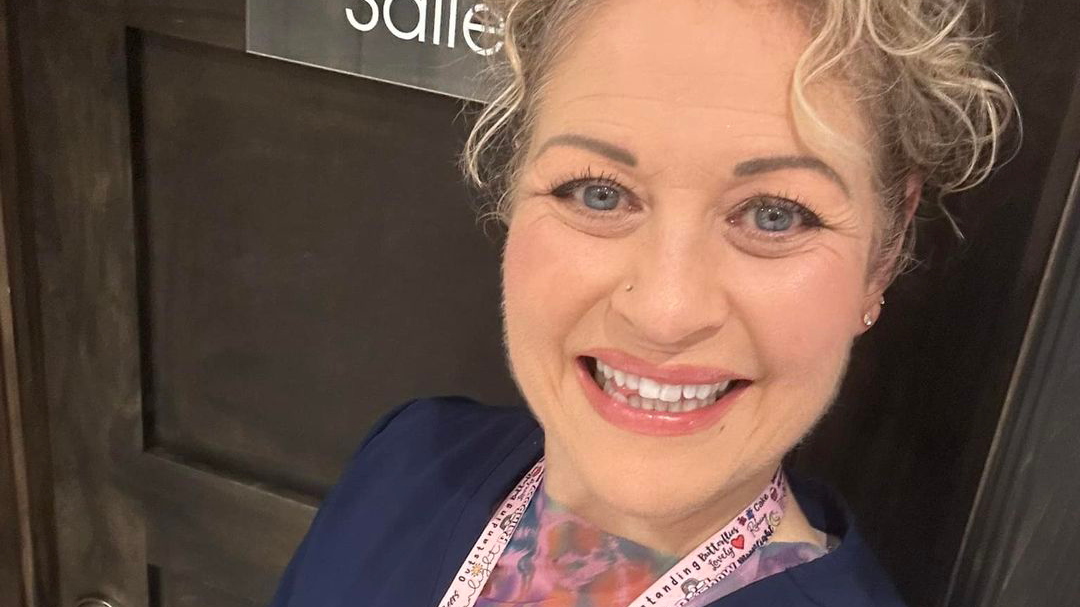Records of millions of cases of patient harm and product malfunctions previously kept hidden from the public could soon be released following a major policy change by the key United States regulator.
In a major advance for medical device transparency, the U. S. Food and Drug Administration has pledged to disclose information kept buried for nearly two decades under a program known as “alternative summary reporting.”
The program allowed manufacturers of about 100 devices to submit quarterly reports summarizing large numbers of incidents to the FDA without the data being revealed to the public.
FDA Commissioner Scott Gottlieb announced the policy change on Twitter two days after the International Consortium of Investigative Journalists reported that hundreds of thousands of incidents related to breast implants had been kept out of public sight under the summary reporting program.
This is an old database where historical information wasn’t easily accessible electronically owing to the system’s age. But it’s imperative that all safety information be available to the public. We’re now prioritizing making ALL of this data available. https://t.co/T1c3qQQQ3E
— Scott Gottlieb, M.D. (@SGottliebFDA) March 27, 2019
A March 7 report by Kaiser Health News revealed that more than 1.1 million incidents since 2016 had been kept from public view because of summary reporting.
The revelation about breast implants came as the agency was holding a public hearing to address concerns raised by thousands of women across the country who suffered debilitating illnesses, including a rare form of cancer, after receiving breast implants.
Former FDA data analyst Madris Tomes told ICIJ on Monday: “We are dealing with an agency that is withholding the number of reports with no regard for the patients and physicians who seek to better understand the information.”
Tomes, the founder of Device Events, a database that tracks medical device adverse events data, has said that summary reporting misled the public about the scope and severity of breast implant harm.
ICIJ reported last November that thousands of breast implant patients worldwide were experiencing serious ailments and injuries as part of its global Implant Files investigation.
The FDA said that it would now release both past and future summary reports to the public, while still allowing manufacturers to condense large numbers of incidents into a single condensed summary.
“We are fully committed to ensuring consumers, patients, and healthcare professionals have access to as much safety data as possible,” said FDA spokeswoman Stephanie Caccomo.
Last August, the FDA moved to further expand summary reporting by allowing manufacturers to use summary reporting for nearly all malfunctions, which are device errors which do not harm patients.
Caccomo confirmed that these summary reports will be made available to the public as well.







